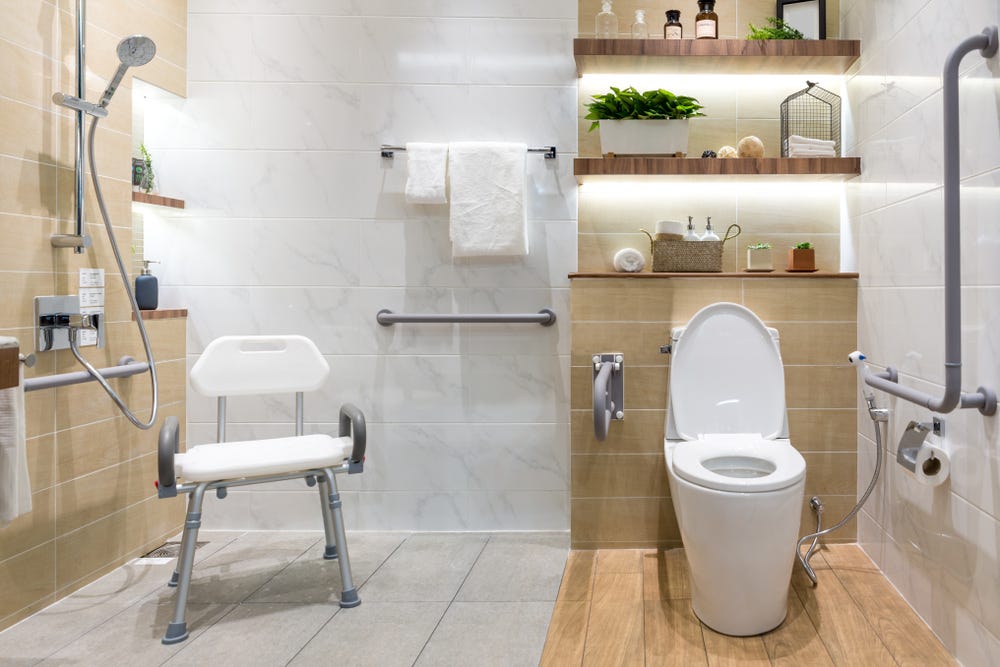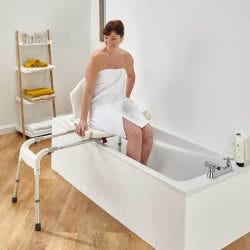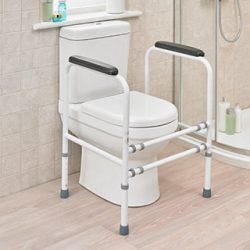The smallest room in the house is also the one that requires the greatest amount of mobility. Bathrooms are simply not designed for those with mobility problems and their size can make it very difficult to put in place a perfect solution. There are many excellent products that can easily be installed that will turn any standard bathroom into an accessible toilet and wash room. As you can see from the picture above, an accessible bathroom does not need to compromise on style and luxury. Here we look at some bathroom mobility solutions as well as products that can be installed to improve mobility.
Walk In / Ride In Showers
A walk in / ride in shower is the most accessible way to wash. This should be with no steps to allow wheelchair or rollator access. Depending on the level of mobility needed, you can have either a glass shower enclosure, or a full wet room format with no walls at all - a simple curtain is often the easiest way to add some privacy, although if you can avoid the need of a curtain or door then this will make life so much easier. Once in your shower, you will probably want to site down to wash if you do not have a wheelchair for the job. We have a range of Bathroom Chairs and Stools that are a simple but effective way to give some support when showering. A wall mounted shower chair is a great space saver too for those who can stand and walk in their shower. Walk-in showers and wet rooms can be very expensive (although Government grants may be available) so if your mobility issues are not extreme a low profile shower tray may be an option.
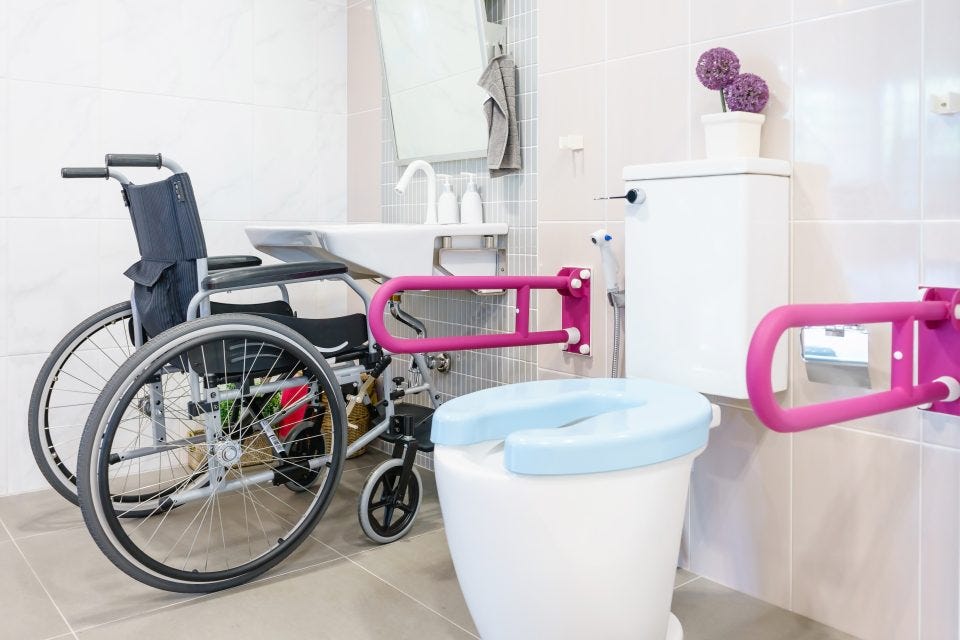 Easy Access Basin
Easy Access Basin
A large wash basin without pedestal or vanity unit is the easiest way to create an accessible basin. Wall mounted basins are the best option too as you can also position them lower to make washing from a wheelchair or bathroom stool much easier. Some basins are designed to sit further forward form the wall too, to give more room to position a chair closer.
Bath Lifts and Transfer Benches
Bath transfer benches can also be used to help get into and out of a bath, and can complement a good bath lift too. Also, consider buying an inflatable bath cushion which as well as providing additional support in the bath are very comfortable. The CareCo Aquabathe Bath Lift is fitted to the wall next to the bath and provides a hammock-like support that lowers you into the bath. Unlike some bath lifts that have seats powered from below, this allows you to sit right at the bottom of the bath, which means having a more enjoyable soak. It can support up to 20 stone (125kg), so is suitable for most people. Pictured is the Ultima Sliding Shower Chair. We also have a rage of CareCo bathroom chairs that make washing and using the bathroom so much easier.
Toilet Grab Rails
Getting onto and off a toilet can be a real challenge for wheelchair users and people with reduced strength in their legs or hips, so the best solution is to install some toilet support rails. If you cannot fix a support rail to the wall (sometimes the case with stud / plasterboard walls) then a toilet frame is the answer. These provide the same support as a support rail, but are free standing supports that can be placed over any toilet. It is important to note that grab rails should ideally be fixed into a solid wall, or at least onto the wall battens of a stud wall. We do supply suction fitted grab bars, but these are only suitable to help support your balance, and cannot be guaranteed to hold your weight if you fall. It is always best to mechanically fix a grab bar, or use a free standing option. See the CareCo Bath Grab Rails & Handles collection for more options.
Before Doing Any Work
Before carrying out any work in a bathroom it is important to consult qualified professionals. Be careful of hidden water pipes, electric cables and waste pipes when fixing seats and grab bars. Remember to check what government grants and VAT relief is available before you start, but if you have already started then a grant will not be approved. Ideally, work with a bathroom fitter that is experienced in creating accessible bathrooms, as they should also know what grants and discounts are available.
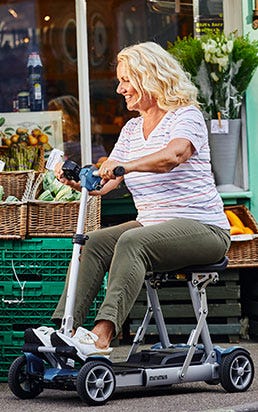

 Price Match Promise
Price Match Promise
 Next day delivery, 7 days a week
Next day delivery, 7 days a week
 Nationwide Showrooms
Nationwide Showrooms
 Rated Excellent
Rated Excellent